Immersed in depth and weighed down by the gravitas of its subject matter, war artistry has, over the ages, served as a solemn canvas mirroring humanity’s tumultuous dance with conflict. Reflecting the range of human emotions, from the darkest cauldrons of horror and despair to faint flickers of hope and resilience, war artistry has evolved over time, charting a transformative journey across eras. From the primitive cave scrawlings depicting tribal warfare to the Renaissance masterpieces echoing societal clashes, right down to gritty impressions of the World Wars and the modernistic portrayals of strife in the contemporary era, every brushstroke has been a commentary on the zeitgeist of its period. As we delve deeper into this intriguing realm, we shall profile the artistic maestros behind the most impactful impressions of conflict, unravel the themes proliferating their oeuvre, and decipher the sociopolitical implications of their works.
The Historical Overview of War Artistry
Emblazoned across history, war art holds a profound place, offering poignant visual narratives that express tales of bravery, sacrifice, and despair. It is a symbiotic relationship, where art stems from the ashes of war, imprinting impressions on the sands of time. Over the years, this art form has undergone substantial evolution, encapsulating subtleties and shifting paradigms of the societal reactions to war.
Beginnings in Cave Illustrations
The inception of war art dates back to the Neolithic period when cave paintings chronicled scenes of prehistoric war. These illustrations were primitive yet powerful, providing an early blueprint for the development of visual storytelling.
Classical War Art
Progressing into the classical era, war art began to adopt a more extravagant, stylised approach. Roman and Greek war art epitomised regality, celebrating victories of the empire. Take Greece’s Parthenon sculptures, or Rome’s Trajan’s Column, where intricate detailing portrays emperors as formidable warriors, triumphant in victory.
Medieval and Renaissance War Art
Stepping into the Medieval period and Renaissance, war art began to explore a deeper emotional narrative. Artists captured the very essence of warfare, focusing less on the bravado of victory and more on the human condition. Pieter Bruegel’s ‘Triumph of Death,’ for instance, offers an insightful portrayal of the devastation left in the wake of war.
War Art in the Modern Era
The advent of photography brought a significant transformation in visual storytelling. The Crimean War heralded the arrival of war photography, serving a more abrupt and brutal representation of war realities.
During the World Wars, governments commissioned artists to produce propaganda pieces, spurring on collective pride and patriotism. Artists such as Sir William Orpen and Dame Laura Knight documented the grim realities of war, shifting the gaze to the immense human toll.
War art during Vietnam and subsequent conflicts took a decidedly anti-war stance. Artistic creations like Peter Kennard’s ‘Haywain with Cruise Missiles’ criticised the political decision-making process leading to war.
Contemporary War Art
Fast forwarding to the contemporary age, war artists have utilised an array of mediums, from traditional oil paintings to digital imagery and installations. The underlying themes have further evolved, reflecting the intricacies of modern warfare. Graffiti war renditions, like those by the street artist Banksy, exemplify the public’s voice, questioning the very essence of war.
In conclusion, the journey of war art through the ages is truly a mirror reflecting societal attitudes towards warfare. It is a testament to the intertwining of destruction and creation, serving as a constant reminder of the human capacity for both horror and heroism.
Reflecting on war art is akin to piecing together a beautiful mosaic of human endurance, strength and the quest for peace. It’s a testament to artistic creativity, mirroring the ever-evolving nature of warfare, and the perpetual human endeavour to express, understand, and heal.

Influential War Artists and Their Work
From Battlefield to Canvas – Celebrating the Luminary War Artists of Our Time
In the grand tapestry of art, the depiction of war wields a unique power. It paints raw emotions, capturing the visceral terror, poignant moments of heroism, and the mundane reality of life in the battlefield. Awash with illustrious tales of renowned artists, this article explores some of war art’s primary helmsmen and the distinct elements that set their work apart from the flock.
Stepping into the 20th Century, we encounter Sir John Lavery. As Britain embarked on World War I, Lavery utilised his artistic prowess to convert the human struggle into immortal stories on canvas. His emotional composition, such as “The First Wounded, London Hospital, August 1914,” features his vivid use of colour to portray the stark contrast between the tranquil hospital and the brooding atmosphere of an imminent war. Lavery’s ability to convey the palpable tension and anxiety of war-ridden moments renders his work extraordinary.
Our next destination is the turbulent era of World War II, with the spotlight shining brightly on Henry Moore. Famed for his ‘Tube Shelter’ series, Moore depicts the harsh realities of the London blitz with uncompromising honesty. His works lean heavily into abstraction, using sweeping curves and organic forms to impart a sense of the fragility yet resilience of humanity amid bombings. Moore’s distinctive style offers an abstract, humanity-focused perspective on war, underscoring the resilience of the human spirit.
As we venture into the post-modern era, the name George Gittoes seizes our attention. An avid traveller through global conflict zones, Gittoes crafts evocative narratives from the heartland of the ravages of war. From the battlegrounds of Rwanda to the war-tossed landscapes of Iraq and Afghanistan, his body of work is renowned for reflecting the brutal and blatant chaos, enthused by a potent blend of expressionism and realism. Gittoes’ vital contribution towards sociopolitical awareness through his riveting pieces ranks him among the most influential contemporary war artists.
Finally, we come face-to-face with the realm of digital war art, embodied by the illustrious Wafaa Bilal. An Iraqi-American artist, Bilal combines art with technology to create captivating multimedia installations. His seminal work, “Domestic Tension,” eloquently echoes the grim realities of war and its grim grip on innocent lives. Bilal’s amalgamation of innovation and intense themes has pioneered the development of digital war art, redefining the boundaries of this genre.
In conclusion, these acclaimed artists convey more than just gruesome reality. Their masterpieces reflect the enduring spirit of humanity amid warfare, leaving viewers to contemplate the paradox of war’s devastation amidst resilience. By illuminating the warscape from different era and perspectives, their art brings home the old adage – ‘War is hell, but also the father of all things.’ From battlefield to canvas, these artists have bestowed upon us the profound gift of understanding war beyond its banal statistics and political posturings. Now, it’s our turn to honour their legacy and teach future generations about the sobering, yet enlightening world of war art.
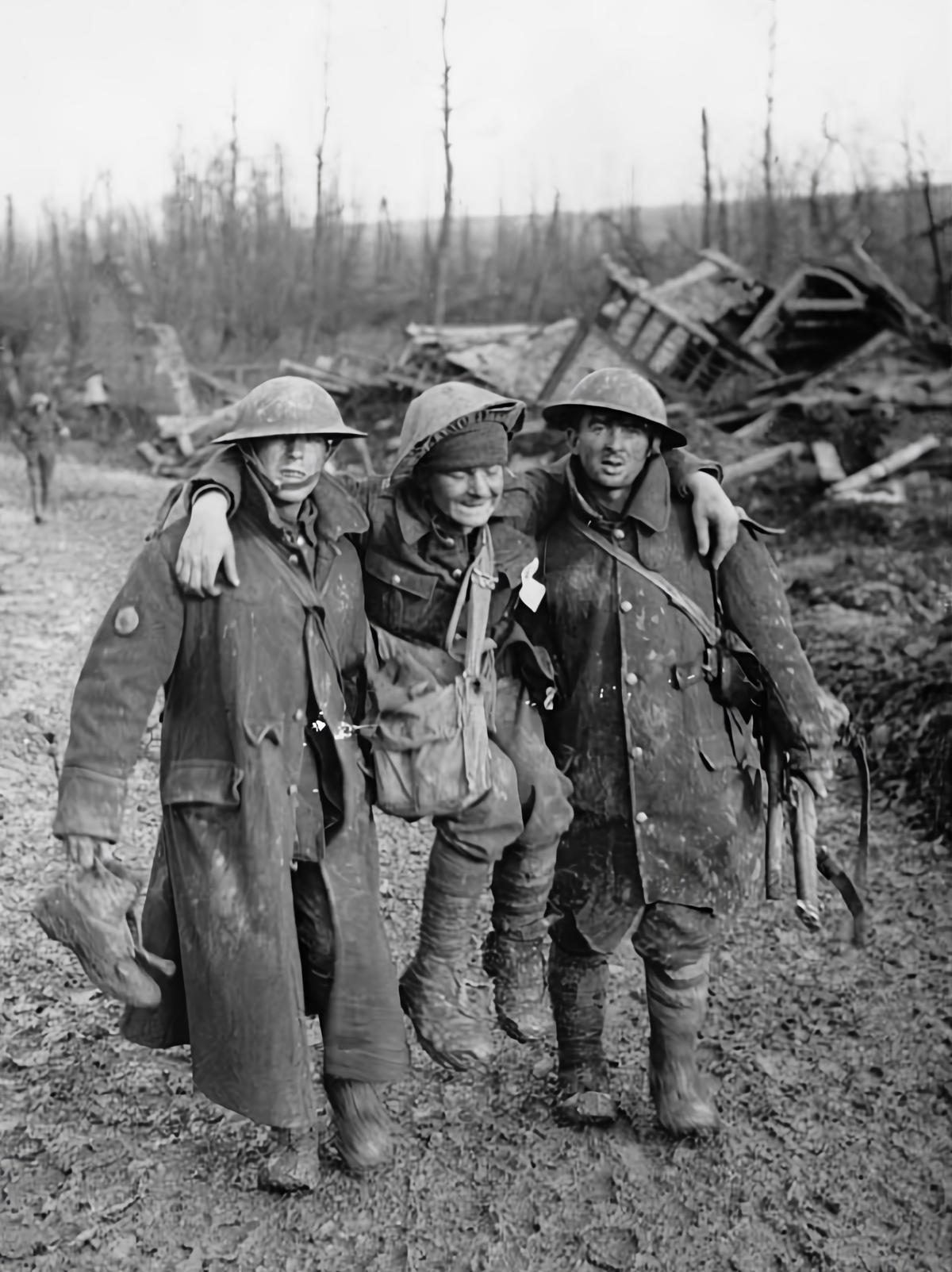
Photo by libraryofscotland on Unsplash
Understanding the Role and Impact of War Art
Picking up from where we have been, let’s delve a little deeper into the heart of the subject – the overall impact and role of war art in society.
A critical element in understanding the role of war art lies in its storytelling capability. War art presents an opportunity to immortalise the intensity of human courage, resilience, and spirit that thrives amidst chaos and destruction. It paints an extensive canvas of shared human experiences that connects us to our past, reminds us of our present, and cautions us of our potential future.
As an authentic mirror to society, war art helps in distilling the dichotomies of war – the heroism and the horrors, the victories and the vulnerabilities, the camaraderie and the carnage. Through this, it offers an invaluable historical perspective. Having the capacity to convey emotions that often hard data and military accounts overlook, war art affords us an emotive connection to historic events.
Going beyond the walls of galleries and museums, war art manifests in various public spaces – on walls, fences, underground tubes, even within the digital realm. Creating bold statements without needing spoken words, these artworks imprint powerful and heart-rending narratives onto the social consciousness, provoking thought and touching hearts.
The impact of war art extends beyond shocking or evoking emotions among viewers; it also serves a more profound societal role. Works such as Francisco Goya’s ‘Disasters of War’ etchings or Käthe Kollwitz’s ‘War’ portfolio, although mired in despair, have inspired global peace movements, spurred policy changes and played instrumental roles in banishing the romanticism often associated with war.
Moreover, frescoes by Picasso such as ‘Guernica’ have opposed war and tyranny, instrumental in spotlighting the human rights abuses and horrors of war. It transcends art and becomes a symbol of freedom and resilience.
Meanwhile, war art in the digital era, fuelled by immediate access to global audience via social platforms, has democratized the discourse on war and conflict. Here, the artist’s palette is limitless – from deceptively simple cartoons to dynamic digital installations. Today’s war art is immediate, visceral and poignant; provoking dialogue, raising questions, fostering empathy, and bridging borders.
In conclusion, war art plays an impactful role in shaping societal perspectives. It humanizes the otherwise dehumanizing state of war. While it captures the grim reality of conflict, it also encapsulates the inextinguishable human spirit that inspires reflections and conversations about the toll of conflict. Far from being a mere archival tool, war art serves as a unifying force, a confrontation of reality, a pursuer of peace and an indictment of the atrocities of war.
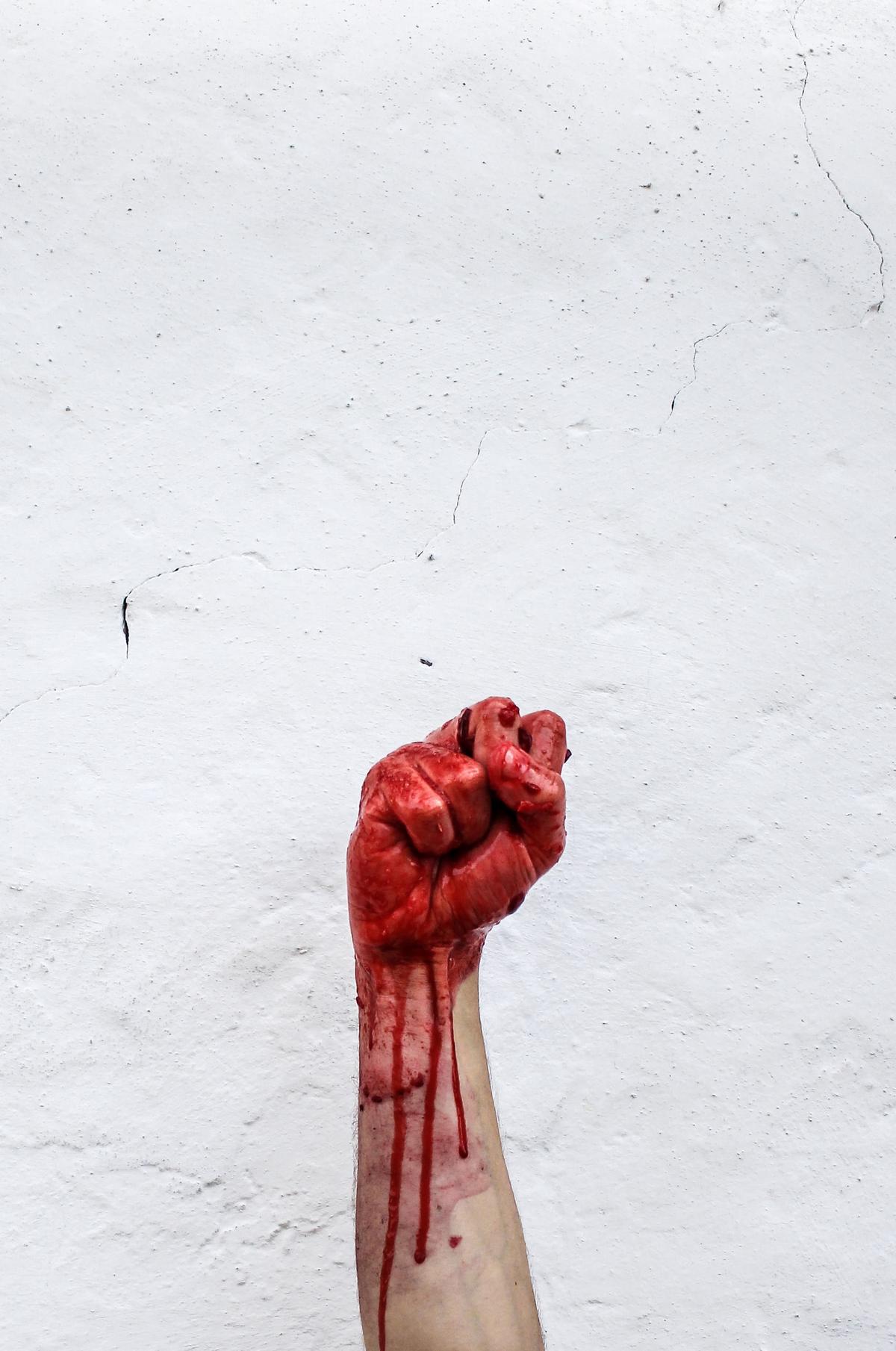
Photo by valentinsalja on Unsplash
War Art in Contemporary Context
Bridging the gap between past and present: how war art resonates today
War art merges history with emotion, sculpting deep implications onto the canvas of the world. Today’s war art stands as a testament to the conflict-blooded narratives of human annals, encapsulating rich experiences, horrors, triumphs, and tribulations. It has evolved, but its ethos remains untarnished.
War art now moves beyond the static realm to incorporate movement, space, light, and sound in a harmonious dance of sensory experience. Digital technology and social media have propelled this art form into broad public access. Potent pieces spring to life in the hearts of observers world over, facilitating a shared experience that echoes with visceral realism.
Yet, the evolution of war art is not entirely detached from the past. Modern war artists carry forward the torch set alight by their predecessors, glow resonant in works that challenge oppression, advocate for rights, and seek ceasefires amidst the cacophony of conflict. They are tethered firmly to history while nudging society towards reflection and change.
Consider war art’s role in inspiring peace movements and shaping policy changes. Every canvas, sculpture or digital piece holds potential power to redirect societal perspectives, acting as a catalyst for change. After all, a picture, they say, speaks a thousand words – and those imbued with the flash and despair of battlefields echo louder still.
Here, the indomitable human spirit shines brightly despite the engulfing war fog. The art form is not just a testament to human resilience but also a stark reminder of the brutalities one must endure. It humanises the casualties of war, reminding us all that beyond the sterile statistics are beating hearts, forever silenced.
Public spaces become stages, their built structures narrating war stories etched in brush strokes, captured in pixels or moulded in clay. These narratives shape the public psyche, sparking dialogue, fostering understanding, and promoting reconciliation.
War art broadcasts an enduring appeal for peace, echoing the collective yearning of humankind for tranquillity amidst turmoil. Its presence in the world today refutes the notion that art and war remain paradoxical entities. On the contrary, it proves that the artistic spirit is, indeed, one that blooms most vibrantly amidst adversity.
As the inky depth of post-truth and propaganda shadows the precise valour of information, war art emerges as a beacon of resilience with the power to inform, challenge, and ultimately, evolve. This is how war art has not only found its place but also asserted its relevance within the contemporary world. Eclectic in its essence but unchanging in its spirit, it continues to define and redefine the human experience through the ages.
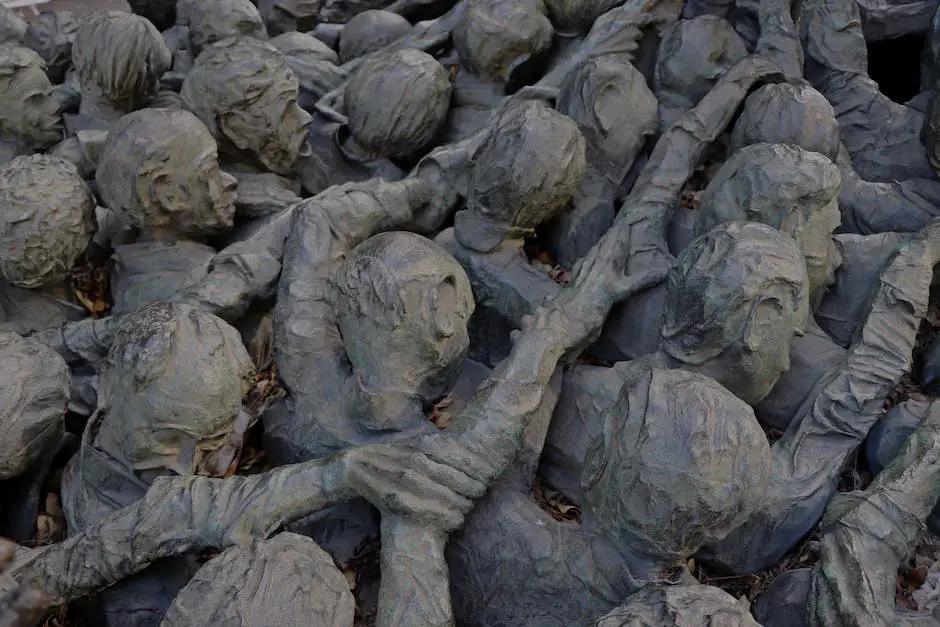
As we navigate the complex tapestry of war artistry with a contemporary lens, it is clear that this genre continues to maintain its relevance in today’s conflict-ridden landscape. The innovation of digital technologies and novel artistic strategies have provided modern war artists with new mediums to share their perspectives on conflicts, fanning the flames of discourse around global tensions and their human cost. Yet, amidst this evolution, the core essence of war art remains unchanged: its power to starkly capture the brutal realities of war, stimulating a deeper understanding and inciting a powerful dialogue around its implications. As we study the beautifully tragic realm of war artistry, we bear witness to both the resilience and frailty of humanity, reminding us of our duty to strive for a world where peace prevails over conflict.
Recommend0 recommendationsPublished in Art History



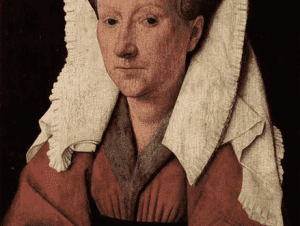
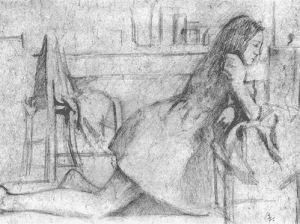
Responses